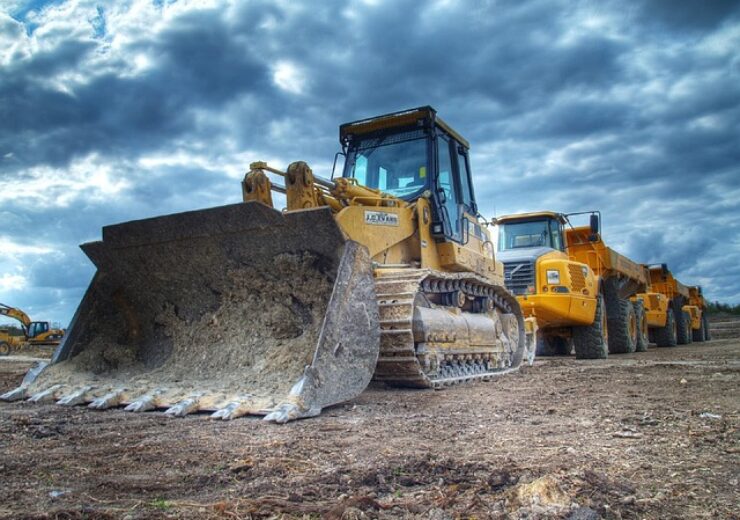The initial capital expenditure estimate increased by $6 million to $131 million driven by equipment and labor costs.

Steppe Gold Files Updated Preliminary Economic Assessment for the Tres Cruces Oxide Gold Project. (Credit: Alex Banner from Pixabay)
Steppe Gold is pleased to announce the filing of an updated preliminary economic assessment (the “Technical Report”) regarding its 100% owned Tres Cruces Oxide Gold Project located in Peru (“Tres Cruces”).
Chairman and CEO of Steppe Gold, Bataa Tumur-Ochir commented, “We are delighted to announce this updated technical study for the Tres Cruces project. Tres Cruces is strategically located in a highly prospective geological belt that hosts the Lagunas Norte and La Arena mines, both with multi-million ounce gold production. The Tres Cruces deposit contains oxide plus sulphide indicated resources of 2,474,000 ounces with a grade of 1.65 g/t gold, inclusive of 630,000 ounces contained within leachable gold oxide mineralization with a grade of 1.28 g/t gold. Located in the La Libertad, Peru, surrounded by operating mines with the attendant infrastructure and talent pool, this asset shows great potential as a new production zone for Steppe Gold. We are excited with the strong economics confirmed by recent drilling and metallurgical testing, as well as the exploration potential across the license area.”
The current resource prepared by Jeffrey Rowe and James Gray (Advantage Geoservices), published in March 2021, was an update of the Technical Report by Lacroix and Associates (L&A) dated September 2012 for previous owner New Oroperu Resources (which is now a wholly-owned subsidiary of the Company). The estimate used the geologic models of lithology and alteration that were developed for the L&A resource, but divided the deposit by mineralization type (oxide, transition, or sulphide). Gold grade correlation based on geology was not readily apparent and the decision was made to use a 0.2 g/t grade shell as control for grade estimation. This shell was generated using an indicator estimation method. A total of 327 holes have been used for this estimate, of which 159 were RC holes and 168 were core holes. Sample grades were composited to a down-hole length of 3 m. Assays, subdivided by grade domain, were capped in a conventional manner prior to compositing.
Gold grades were estimated inside and outside the mineralized grade shell by ordinary kriging, into blocks with dimensions of 10m x 10m x 5m (X/Y/Z). Average density values were assigned by lithology based on 2,700 core density measurements.
The resource has been classified based on spatial parameters related to drill density and configuration, and the generation of an optimised pit. Blocks were initially classified as Inferred where the average distance to the closest three holes is within 80 m, and as Indicated where the average distance to the closest three holes is within 50 m. Pit optimization included variable cost and recovery values dependent on mineralization type. All material included in the Mineral Resource Estimate is contained within the optimized shell.
The Technical Report only considers mining and processing of leachable oxides and transition materials from the Indicated and Inferred resource categories. Sulfide mineralization is considered a future opportunity and does not currently factor into mine planning, processing or financial results as reported in this PEA.
Source: Company Press Release
